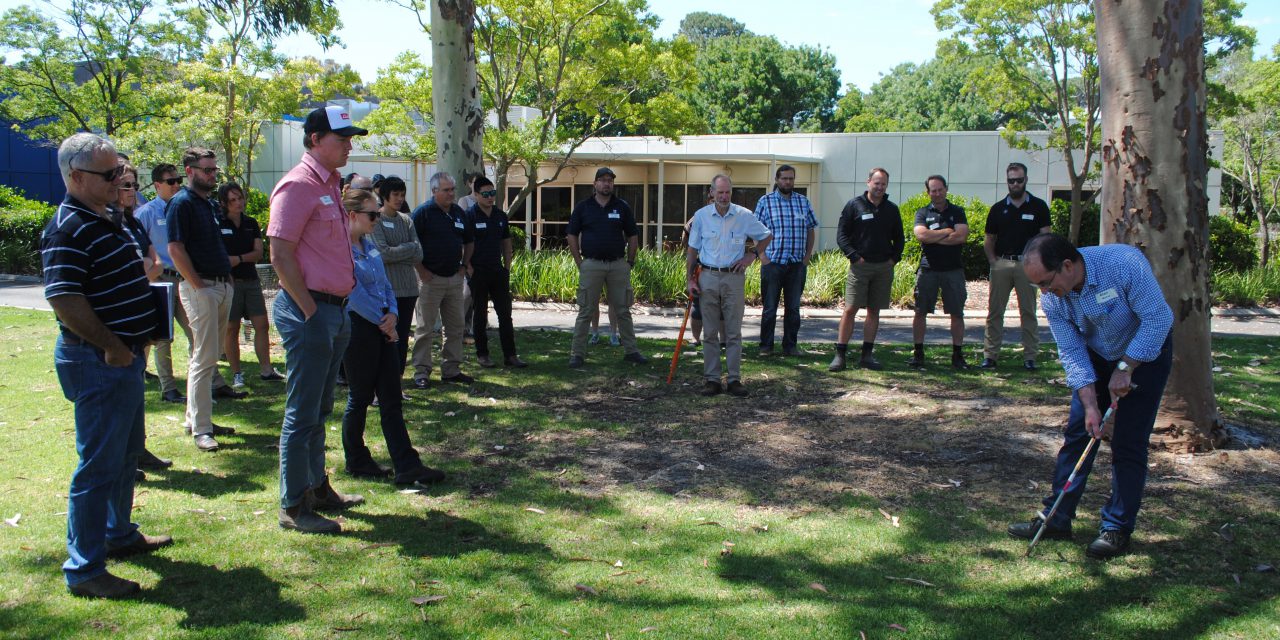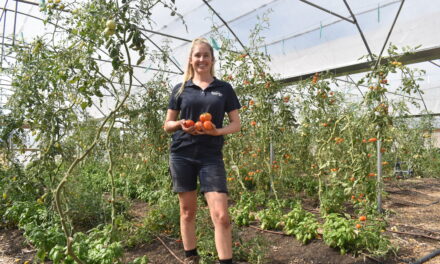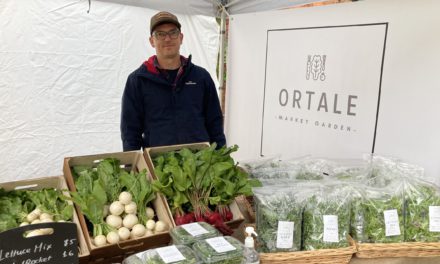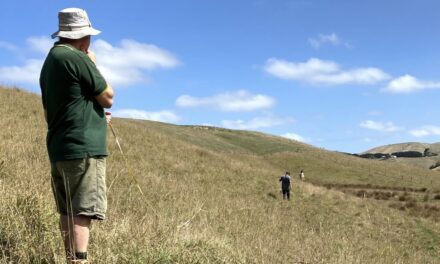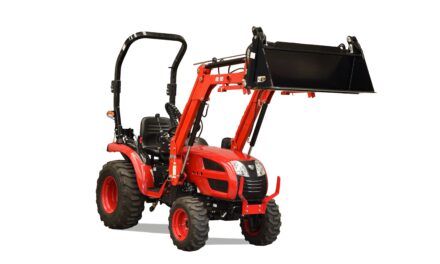Soilborne disease courses being held across Australia’s grain growing regions will provide the latest information to local agronomists, enabling them to help growers minimise production losses on-farm.
Cereal root diseases cost grain growers, on average, more than $200 million annually in lost production, and much of this loss can be prevented.
New and experienced agronomists are invited to attend 2019 PREDICTA® B Root Disease Risk Management Courses, where content will be tailored for each region.
The one-day course provides accreditation for delivering PREDICTA® B – the world leading DNA-based soil testing technology which enables identification of the pathogens posing the greatest risk to crops.
A Grains Research and Development Corporation (GRDC) investment, PREDICTA® B is a service provided by the South Australian Research and Development Institute (SARDI), a division of Primary Industries and Regions SA (PIRSA).
In recent years there has been a considerable expansion in the range of tests provided by the PREDICTA® B service, with each soil sample now tested for up to 20 soil and stubble borne pathogens.
The most recent additions to the test include the foliar diseases yellow leaf spot in wheat and Sclerotinia stem rot in canola and pulses.
Alan McKay, the leader of SARDI’s Soil Biology and Molecular Diagnostics group, said a feature of this year’s events would be an update on a national pulse root disease survey that has investment from the GRDC and the South Australian Grain Industry Trust.
“This survey was instigated following several reports of southern region pulse crop failures in 2017, due to suspected root rot disease, which prompted further investigations of soilborne diseases of pulses,” said Dr McKay, who will be among the national and regional research leaders presenting at the courses.
“Pulse crops in different grain growing regions have been surveyed under this project, with most data so far coming from South Australia where the project has been running for two years,” he said.
“Initial results suggest that pulse root diseases have been underestimated in Australian farming systems and that the risk has increased in areas where pulses are frequently included in the cropping sequence.”
Dr McKay said each PREDICTA® B Root Disease Risk Management course would cover current problematic soilborne diseases for each region and include speakers who are national experts on each disease.
The Adelaide course will focus on Rhizoctonia root rot, Pratylenchus (root lesion nematodes) and crown rot; the Horsham course on Rhizoctonia root rot, Pratylenchus, yellow leaf spot and crown root; the Wagga Wagga course on Rhizoctonia root rot, crown rot, yellow leaf spot and Sclerotinia stem rot; and the Perth course on Rhizotonia root rot, Pratylenchus, cereal cyst nematode and crown rot.
Other course topics include interpreting and understanding PREDICTA® B results; using PREDICTA® B to make better informed variety, rotation and paddock management decisions; yield loss risk categories for established tests and population density categories for new tests; disease management options; soilborne diseases in dry times; and soil sampling strategies.
Courses will be held in:
• Adelaide (SARDI Plant Research Centre, Waite campus) on November 7
• Horsham (Agriculture Victoria offices) on November 11
• Wagga Wagga (Rules Club) on November 13
• Perth (Technology Park, Bentley) on December 6 SOLD OUT,
Second Perth workshop on December 5
For more information or to register, visit https://tickets.agcommunicators.com.au/agc/PredictB19/.
The GRDC has recently published new regional fact sheets on crown rot and root lesion nematodes that can be found at http://bit.ly/2OK5pwb.

